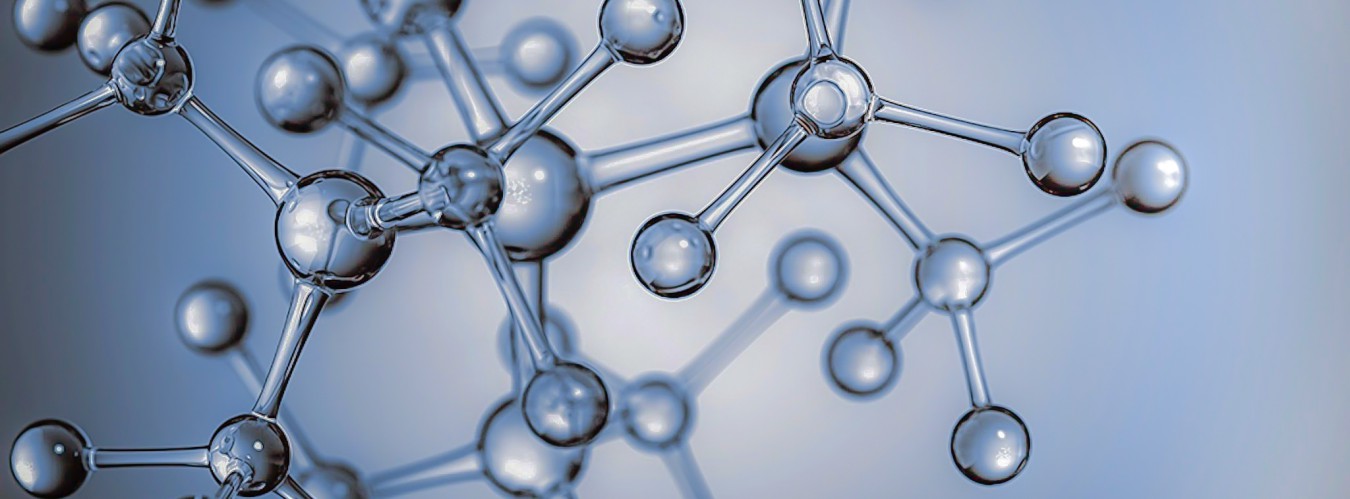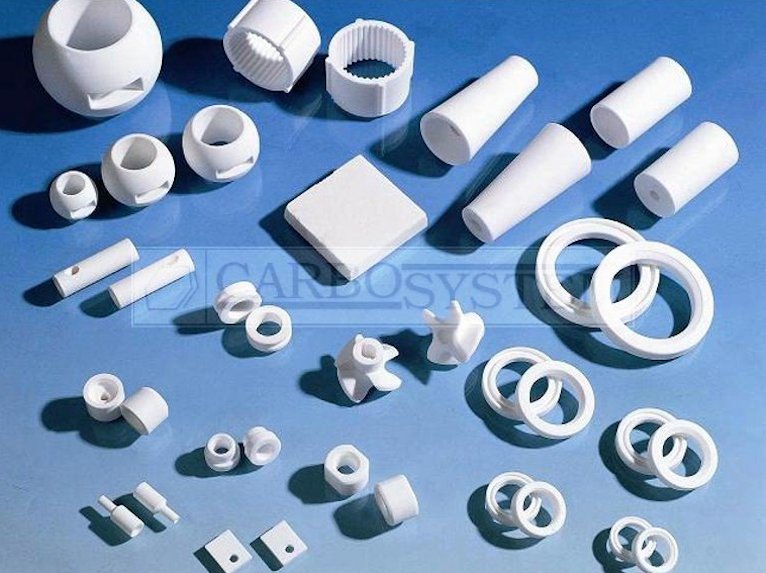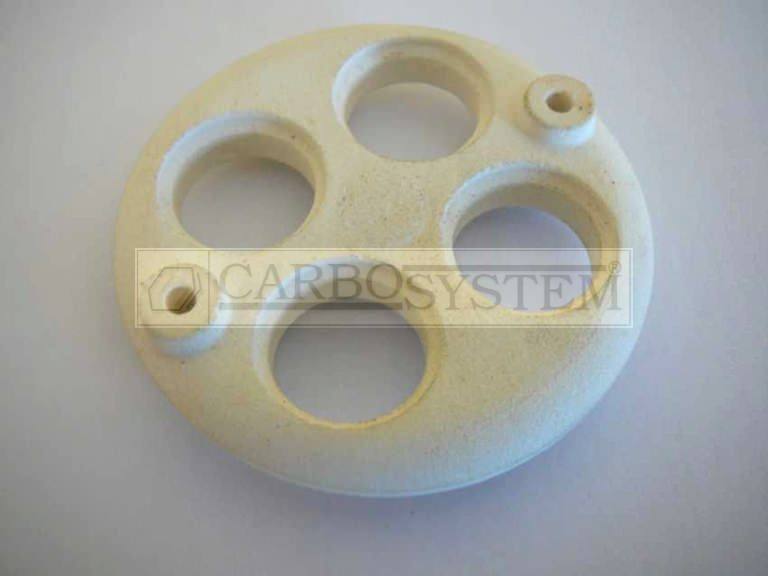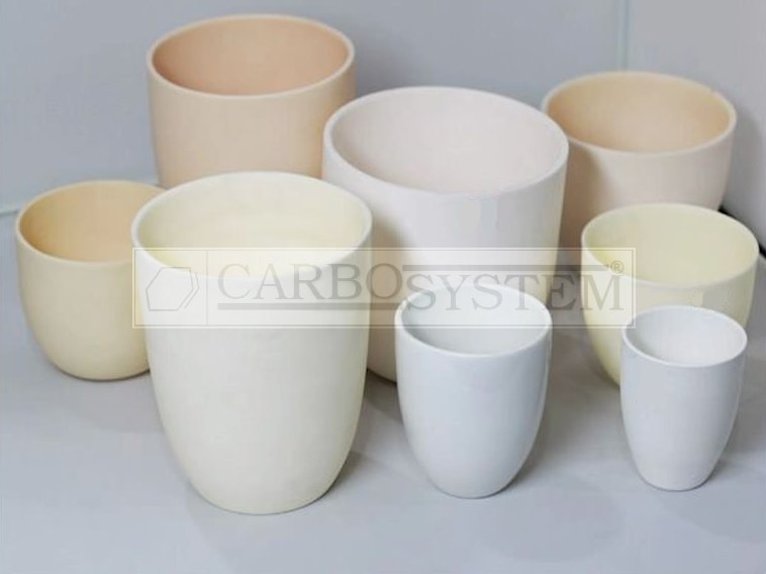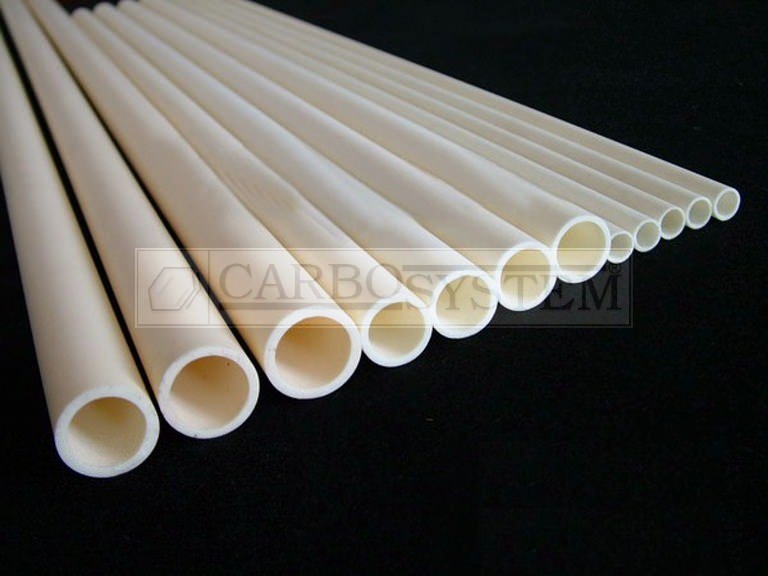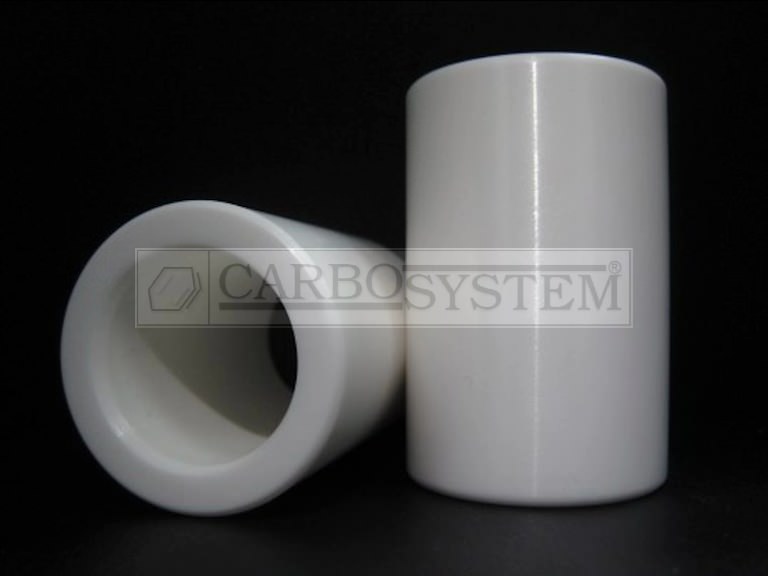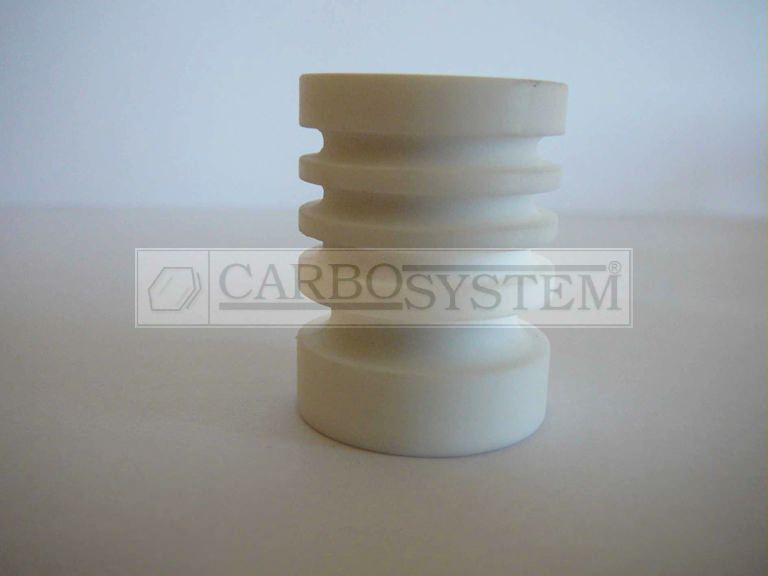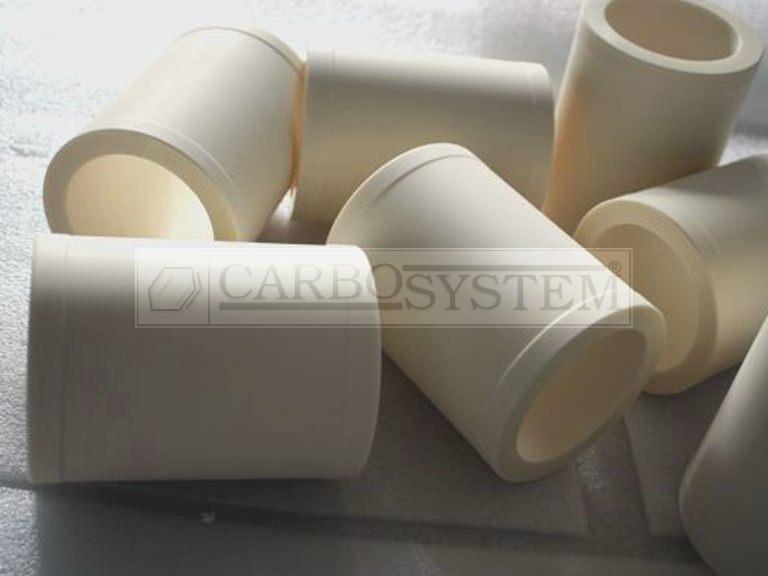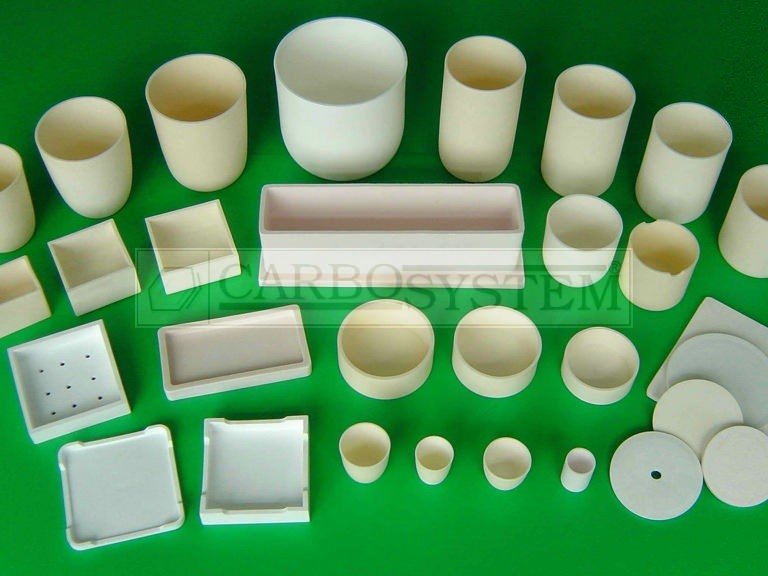Alumina - Aluminum oxide

Alumina - Aluminum oxide properties
– High hardness
– Low coefficient of expansion
– Excellent resistance to corrosion
– Low coefficient of friction
– High Temperature Resistance
– High mechanical strength
Properties | Al2O3 | Al2O3 | Al2O3 | |
|---|---|---|---|---|
| Content of Al2O3 | % | 75 | 95 | 99 |
| Porosity | % | 0 | 0 | 0 |
| Hardness | Mohs | 7,5 | 8,8 | 9,0 |
| Density | g/cm3 | 3,10 | 3,70 | 3,80 |
| Flexural Strength | MPa | 280 | 304 | 340 |
| Thermal Expansion Coeff. | 10-6/ºC | 7,6 | 7,3 | 7,6 |
| Electrical Resistivity | Ωcm | 1013 | 1012 | 1010 |
| Working Temperature | ºC | 1100 | 1600 | 1700 |
| These properties are typical average value | ||||
Alumina - Aluminum oxide aplications
– Pieces, Plates, Boards, Trays, etc. in Alumina-Ceramic / Cordierite-Mullite
– Tubes, Rods, Rollers, Supports, etc. in Alumina-Ceramic / Cordierite-Mullite
– Protection, Thermocouples, Insulation, etc. in Alumina-Ceramic / Cordierite-Mullite
– Pieces, Plates, Tubes, Rods, Rollers, etc. in Zirconium Oxide
Frequently ask questions about Alumina - Aluminum oxide
What is alumina?
Alumina, also known as aluminum oxide, is a ceramic material with high hardness and high chemical stability. Its base formulation is Al2O3 and it is commercially available in various formats, depending on its purity, from 70% pure alumina to 99.9%. The higher the purity, the better thermal resistance, but worse mechanical properties such as resistance to thermal shock.
What kind of material is alumina?
Despite coming from the oxidation of a metal, alumina belongs to the family of ceramics. In nature, we can find it in the form of corundum and emery, two minerals of very high hardness.
What are the main properties of alumina?
From its high melting point, around 2,100 ° C to its hardness, which rivals that of diamond, as it has a 9 on the mohs scale, alumina is a very versatile material. It is also a central part of clays and enamels, providing them with hardness and thermal resistance as well as impermeability, since alumina, except in very porous formations, neither dilutes nor absorbs water.
What applications does it have?
Due to its thermal properties, it is widely used in high temperature processes. In blast furnaces it can be used as part transport plates, pushers, rollers and even guides. Also in these ovens they can be used as insulating panels so as not to let the heat escape from them. Thanks to its chemical stability, it is also widely used in laboratories, in the form of flasks and crucibles to deposit and treat different samples, and even as stirrers, coating magnets with alumina for the automatic ones and manufacturing them in the form of a rod for the manuals.
If you want to learn more about Alumina - Aluminum oxide, you can check out our blog
